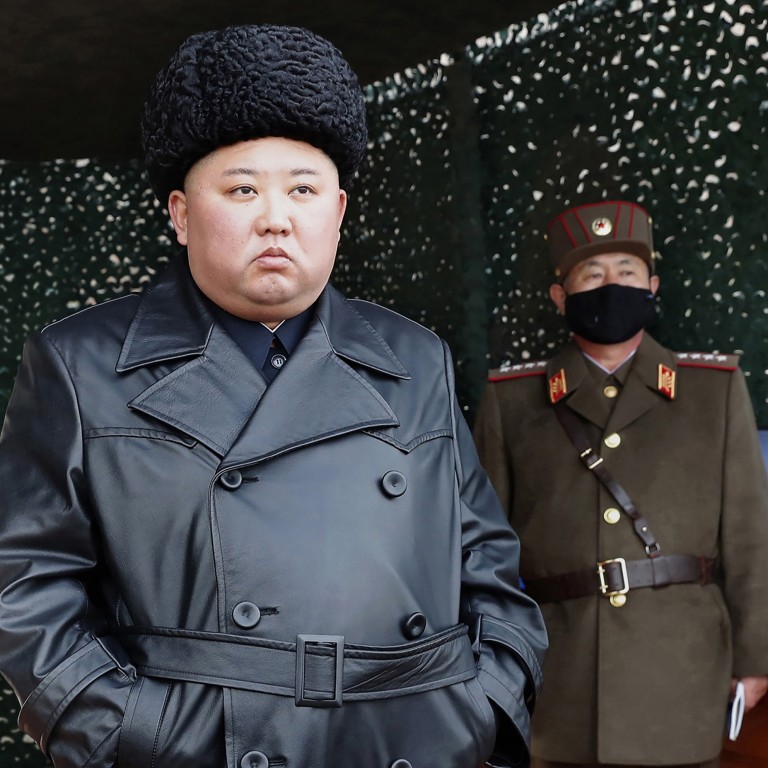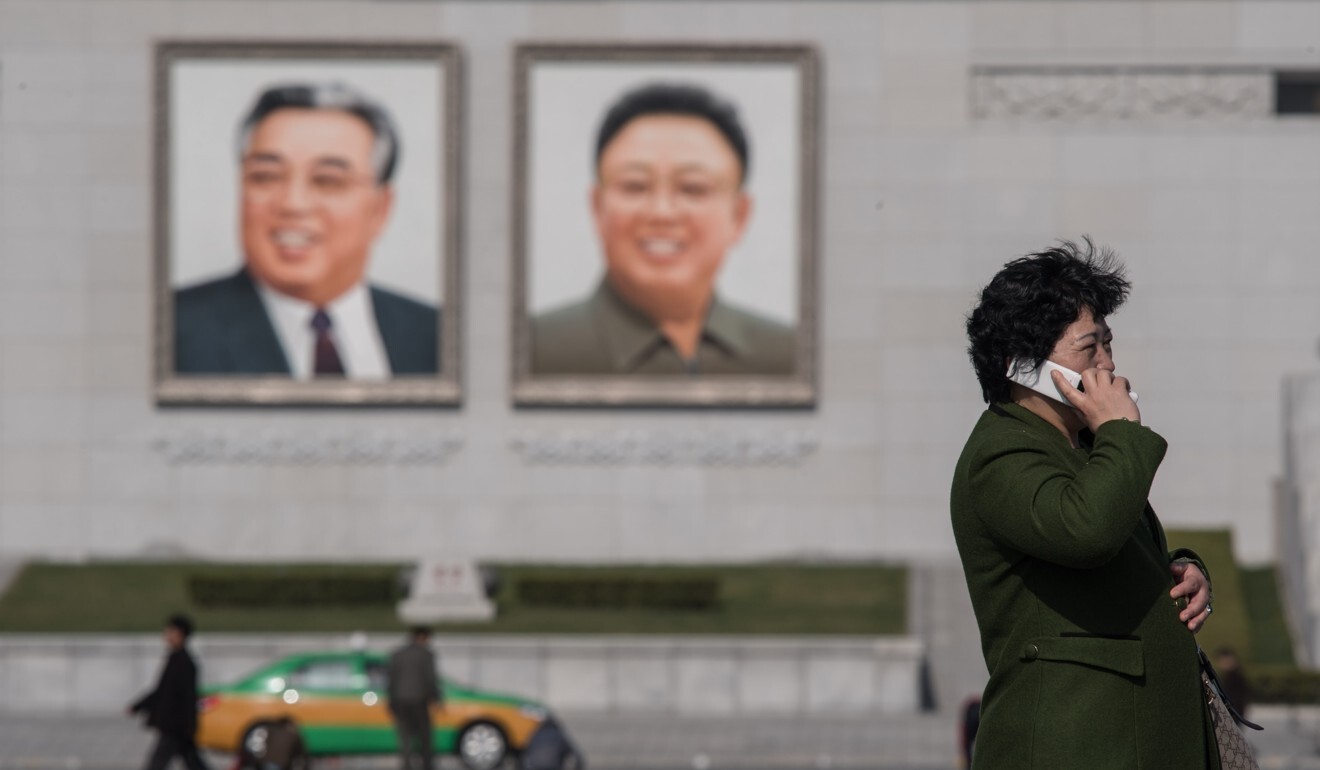
Is Kim Jong-un ill? Reports shine light on North Korea’s rumour mill
- In a coma, recovering from heart surgery, or barely ill at all: listen to the media and any one of these could describe the North Korean leader’s state
- Conflicting claims say much about the gaps in the outside world’s attempts to understand the hermit kingdom
Against a backdrop of speculation fuelled by the young dictator’s absence from state media since April 11, at least three competing narratives emerged: Kim was gravely ill, perhaps in a coma or even dead, according to unnamed US officials; Kim was not seriously ill, according to unnamed South Korean government officials; and Kim had undergone heart surgery but there was no suggestion he was in a critical condition, according to an anonymously sourced South Korean news report.
The only clear takeaways were the enduring opacity of the North, which maintains the tightest of grips on information, and a reminder of the extraordinary extent to which the outside world relies on unnamed sources, rumours and outright speculation to understand the dynastic Kim regime.

Kim Jong-un may be in ‘grave danger after surgery’, reports say
On Tuesday morning, CNN, citing an anonymous US official, reported the White House was “monitoring intelligence” that Kim was in “grave danger” following surgery. The report cited a second unnamed official saying Washington was “closely monitoring reports on Kim’s health”.
Bloomberg, also citing unnamed officials, followed with its own report that the Trump administration had received “information” that Kim was in a critical condition.
The US reports came on the heels of a single-sourced South Korean article on Monday that said Kim had undergone heart surgery this month.
The report by the Daily NK, which relies on anonymous informants inside the North, said Kim was recuperating at a villa outside Pyongyang after a procedure on April 12 but did not suggest his health was in serious jeopardy.
The claims came amid mounting speculation about Kim’s whereabouts following his absence from celebrations to mark the “Day of the Sun” on April 15, the birthday of his grandfather and national founder Kim Il-sung. However, such speculation has been wide of the mark before. In 2014, Kim Jong-un disappeared for 40 days, triggering claims that he was ill or had been removed in a coup, only to reappear in state media that October with a cane.
It was unclear if the information or intelligence referred to in the most recent US news reports came from the Daily NK or other sources.
The White House has yet to comment on any of the reports.
‘It’s a lie’: doubts abound over North Korea’s claim of zero virus cases
South Korea’s Blue House released a statement on Tuesday to say it had “no information to confirm regarding the rumours” about Kim’s health, and had not detected any “unusual developments” in North Korea.

North Korea, which has been ruled with an iron fist by the Kim family for nearly eight decades, has no independent media and closely chaperones foreign journalists on the rare occasions they are allowed into the country.
News reports on the internal workings of the leadership, often based on defectors or unidentified informants inside the country, have a mixed track record for accuracy.
In 2016, Ri Yong-gil, a top official who once served as the North’s army chief of staff, turned up at the 7th Congress of the Workers’ Party several months after South Korean media reported he had been executed.
North Korea’s Kim replaces almost half of top governing body
“This is not the first time that a North Korea leader was reported to have died,” said Benjamin R. Young, a North Korea analyst and historian at Dakota State University. “In 1986, rumours swirled that Kim Il-sung had died. He had not and would continue to rule North Korea for another eight years. I think intel on North Korea’s leadership is better now than it was in 1986 but I don’t think it’s error-free nor close to palace secrets.”
Koo likened much of the Western media covering the North to a “pack of wild dogs”.
“The first hint of trouble and they are barking all over it,” he said. “Even the most unreliable ‘news’ gets picked up and spread by all manner of outlets and websites, even without confirmation. The way so-called North Korea reporting works is not so different from how celebrity gossip gets peddled by tabloids.”
The North, which has multiple nuclear and missile programmes in defiance of international sanctions, has been ruled by the Kim family without interruption for three generations, with power passed from father to son since the death of Kim Il-sung in 1994. Although the 36-year-old is believed to have three children with former singer Ri Sol-ju, it is unlikely they would be considered old enough to take charge. The dictator was himself among the world’s youngest leaders when he assumed power at age 27 in 2011, following the death of his father Kim Jong-il.
“If something did happen to Kim suddenly and unexpectedly, the impact would of course be enormous,” said Town of 38 North. “It is unclear whether the Kim family has a contingency plan for this kind of scenario. If they do, the lack of public clarity on what comes next creates several possible challenges for either another member of the Kim family to assume power; or any number of alternate scenarios are possible in the case of a power vacuum.”

